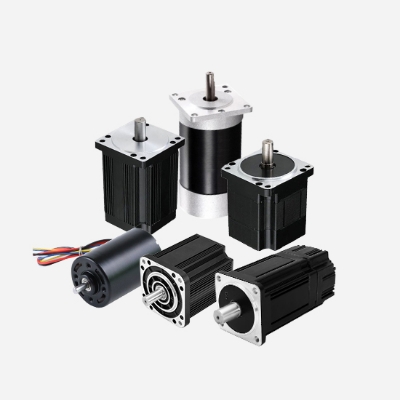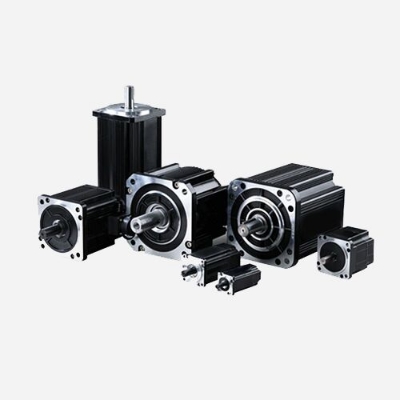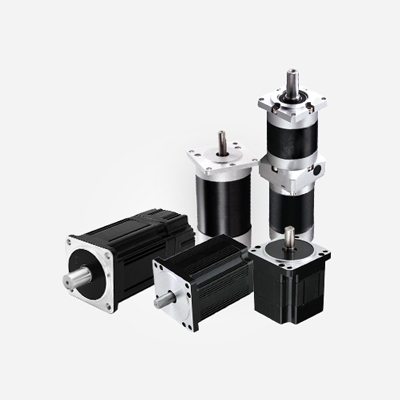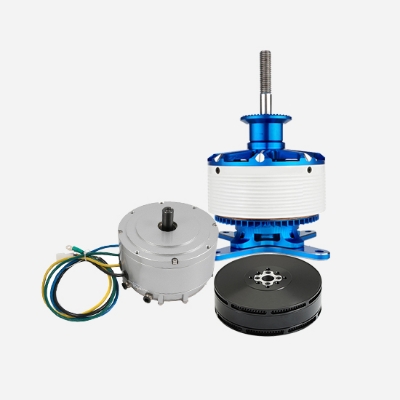In BLDC motors, the phase windings are distributed in a trapezoidal fashion to generate a trapezoidal BEMF waveform. The commutation technique generally used is trapezoidal or called block commutation of only two phases at any given point in time. Another method of motor commutation is called sinusoidal commutation, where all three phases will be performed at any given point in time. PMSM motors are also interchangeably referred to as BLDC motors with windings that are distributed in a sinusoidal manner that lends itself to this sinusoidal type of commutation. The torque produced by a PMSM motor is smooth compared to a BLDC motor, which produces more fluctuations in torque. However, PMSM motors produce less peak torque than BLDC motors.
A brushless DC motor consists of motor body and driver, which is a typical mechatronic product. Since the brushless DC motor operates in a self-controlled manner, it does not add another starting winding to the rotor like a synchronous motor that starts under heavy load with frequency regulation, nor does it produce oscillation and lost step when the load changes suddenly.
How to Run a BLDC motor?
Thursday, July 14, 2022
A Brushless motor is currently on the market for most of the Hall sensors to sense the position, and then the formula wave controller can be used for normal starting. Of course, as a power switch drive, or need to take into account some current and voltage safety protection, after all, the power device than a simple brush to be delicate, and then further can do some drive on the compensation, according to the working conditions to optimize the drive, to improve some performance. Of course, there are other ways to start the use, according to different needs, using different methods to achieve different results, the following is a brief introduction to several ways to run a brushless motor.
Brushless DC motors are widely used in AI intelligence, automobiles, medical equipment, industrial automation, etc. due to their long life, low noise, and high torque. Because of their different specifications and types, the right brushless DC motors are selected to meet product performance requirements, which is very important. So how do we choose a brushless motor that is most suitable for our products?




